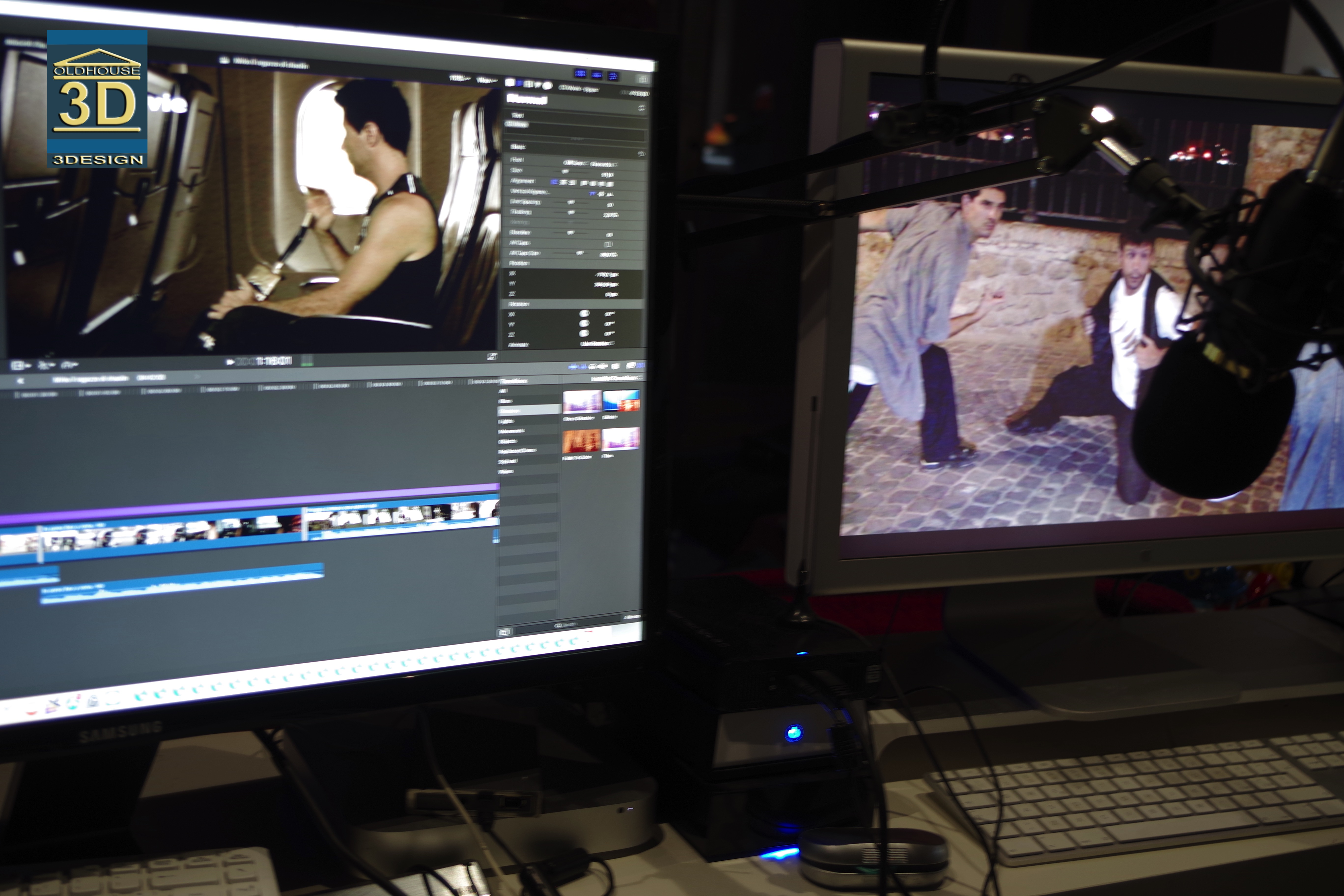


 Photography and video
Photography and videoPhotography and video are two of my passions, where my projects and achievements often converge. Photographing for me means not capturing an image, but stopping the fleeting moment, the emotion felt at the time of shooting. In the video, the capture of images and emotions does not end with the shooting, but continues with the work of post production, where the impossible becomes possible, through the use of complex procedures, now made accessible, through non-linear video editing.
These my passions led me to collaborate with several television shows and film, like fiction for RAI Italian TV, shot by Bross Manetti, “Inspector Coliandro”.
Non-linear video editing, or NLE, describes video editing used in the digital sphere. When raw material is transferred to a computer hard disk, it becomes possible to edit it independently of its linear order without having to reserve space for intermediate scenes. Additionally, individual clips can also be used repeatedly. By copying files to the hard disk, it is also possible to make various corrections to the material. You can conduct color correction, adjust brightness and contrast and add dissolves and effects.
The so-called timeline displays your recorded digital video and audio files. After you have edited, you can render the entire material with effects and transition to create a finished movie.
Professional video editing software such as FINALCUT Pro brings together comprehensive functions and possibilities of non-linear video editing with powerful effect editing, efficient workflows and comprehensive DVD authoring.
Chroma key is used to set subjects and objects on virtual backgrounds, added separately and then with two main methods: material shot previously and integrated with what was shown on the green or blue background (the most common currently), material completely processed in digital.
Back when electronic video production was still in its infancy, linear (tape-to-tape) editing was the only option for altering video recordings. In the 90s, non-linear video editing became more popular and opened a whole new world of possibilities for video creation and editing. Non-linear editing was at first not greeted by everyone, and many editors were reluctant to accept this type of editing. In addition, performance problems and uncertainty about how to view the new flexibility were recurring issues. At the end, however, the advantages of non-linear video editing became so clear, that they could no longer be ignored.
In the 21st century, non-linear editing got the upper hand for good, and the “non-linear” description was abandoned, as it was no longer necessary – practically all editing was now digital and “non-linear” was now the standard. Linear was dead.
Up until early 2000s, there were still editors committed to working with linear video. This way of working suited simple jobs because it involved fewer complications, such as format and hardware conflicts.
In an interesting note, many professional editors expressed the opinion that those who learned linear editing tend to be better editors overall.
Today, for most editors it is no longer important to know how to work with tapes and with linear editing.
For my project I work with FinalCut PRO.
For example, these videos show how I create a virtual computer reality: